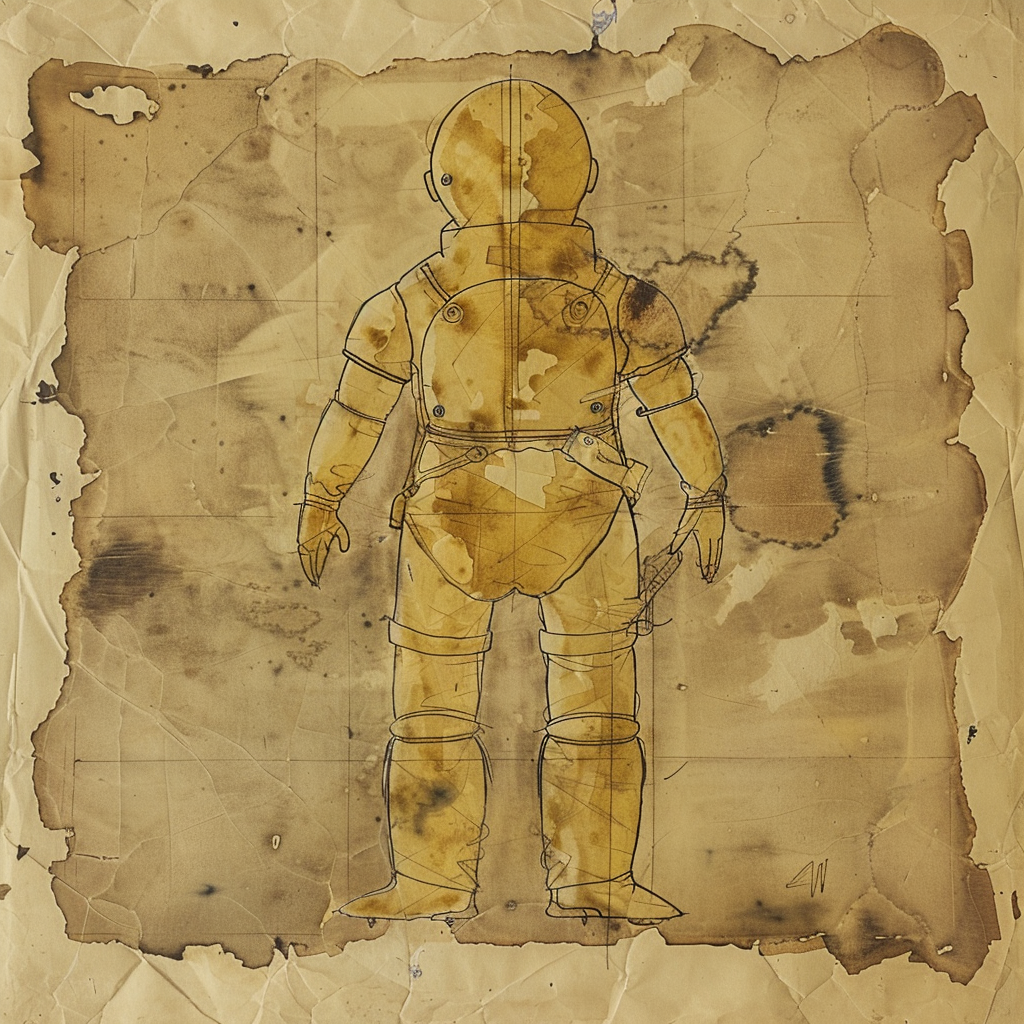OUR RICH AND FASCINATING HISTORY
First an Unconsecrated Wilderness

The pastoral, rolling hills of the land that was to become St. Casimir’s were first documented in many early French maps of the region. Though French settlers of the 1690s chose to inter their beloved in the area that became St. Sebastian’s, after the cessation of hostilities of the Seven Years War, British colonists chose the placid greenery of the northwest corner of their region to bury several dead young men who died of exposure to the harsh Ohio Winter in 1759. The area came to be known as Bachelor’s Grove, as the young men had no money to pay to the church for their funeral rites. Strange lights were often reported in the area and many locals believed it was due to the fact that the land itself had not been consecrated. One story mentioned a waterfall that appeared and seemed to run upside-down. Still other stories of animals turning into people or people turning into floating lights kept even the most intrepid from visiting this otherwise lush, wooded landscape.
St. Casimir is Named
Later, after several waves of smallpox, influenza, and rickets engulfed the region and ravaged the bustling town of Question Mark, the land was finally consecrated by a local Lutheran archbishop in 1801 and the recently deceased of all faiths were welcomed to be buried under its loamy earth. However the cemetery remained unnamed due to a long-standing dispute among various local ethnic groups and their dissimilar religious customs.

One afternoon a young girl was playing among the buttercups on one of the land’s many hills and a man dressed in gold appeared, speaking a strange language. He appeared to be injured and was covered in blood. He drew several shapes on the ground, including a large circle. The girl hurried back to her home and brought him ointment, bandages, and food. Later when the girl repeated what had happened, her mother deciphered some of the language as Polish. The girl drew a picture of the man and her mother showed the girl a book of saints. Together they determined the man she had met bored the likeness of St. Casimir. Later when the girl and her mother went to search the fields, the man had disappeared. Presenting this evidence to the town, the cemetery was finally named in his honor in 1868.
Addition of French Section

The solemn, though bargain-oriented, French Section first opened in 1975 after the town’s new rezoning forced historical St. Sebastian’s to be relocated. Due to the nature of the state of decomposition among the relocated, architect Gustavus Lynn decided to create one large massive stone sculpture in remembrance of the deceased French colonists. Lynn's enormous stone monument has since become a local landmark.
Construction of Willey Observatory

1961, local entrepreneur Reginald Willey Jr. Jr. passed away. Before his death, construction of an enormous observatory meant to function as both his final resting place and a place for local townspeople to enjoy the stars was nearly complete. Work continued even after his death and the Reginald Willey Jr. Jr. Observatory was first opened in 1963. Visitors to the grounds can enjoy a number of scientific exhibits during cemetery business hours.